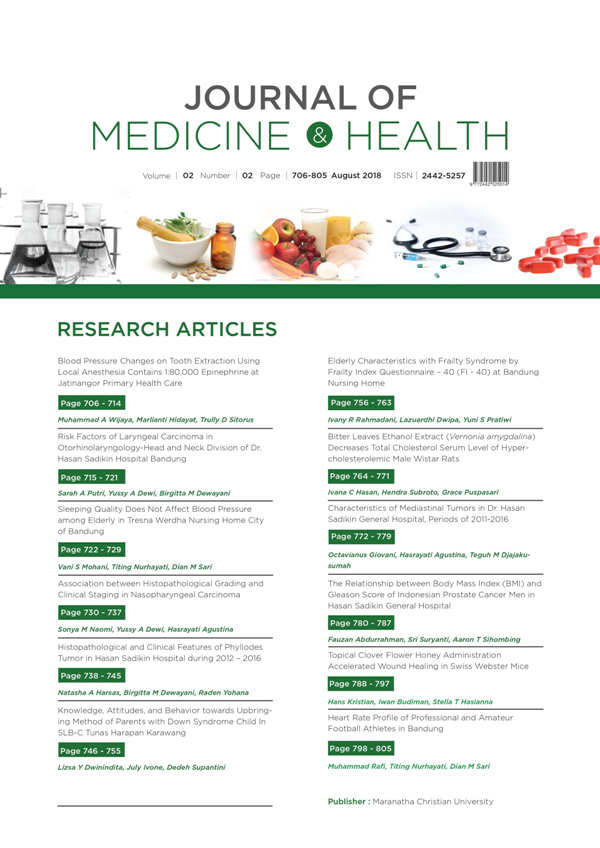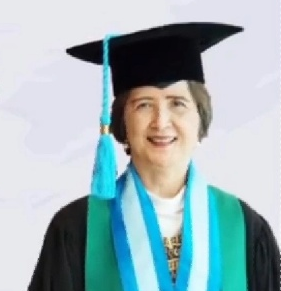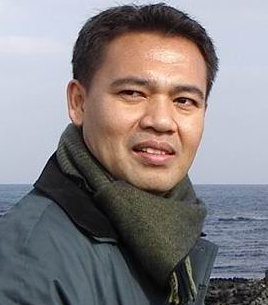Association between Histopathological Grading and Clinical Staging in Nasopharyngeal Carcinoma
DOI:
https://doi.org/10.28932/jmh.v2i2.1010Abstract
Nasopharyngeal Carcinoma (NPC) is the most common cancer in head and neck. Grading of NPC is based on keratinization, growth, and cell junction, and it can be classified into well differentiated, moderately differentiated, poorly differentiated, and undifferentiated. On the other hand, the staging of NPC based on UICC/AJCC staging system is divided into Stage I-IVC. This classification is based on TNM that is related to the ability of cancer cells to invade normal cells. This study was conducted from May to June 2017 in Oncology Clinic of Otorhinolaryngology-Head and Neck Surgery Department and Pathology Anatomy Department of Hasan Sadikin General Hospital. This is an analytical correlative study with cross sectional design. The data is collected retrospectively from medical records of patients who are diagnosed as NPC with adequate grading and staging data. Incomplete medical records, multiple carcinoma, and recurrent carcinoma are excluded from this study. We find out that among 51 samples, predominant is Stage IVB NPC (37.3%) and undifferentiated grade NPC (76.5%). Statistical analysis shows that there is no significant association between grading and staging (r=0.275; p=0.159).This study concludes that there is no association between histopathological grading and clinical staging in nasopharyngeal carcinoma.Keywords: nasopharyngeal carcinoma, grading, stagingDownloads
References
Lu JJ, Cooper JS, Lee AWM. Nasopharyngeal Cancer: Multidisciplinary Management: Springer Berlin Heidelberg; 2010.
Torre LA, Bray F, Siegel RL, Ferlay J, Lortet-Tieulent J, Jemal A. Global cancer statistics, 2012. CA: a cancer journal for clinicians. Global Cancer Statistics,2012. 2015;65(2):87-108. Epub 2015/02/06.
Kementrian Kesehatan Republik Indonesia. Pedoman Nasional Pelayanan Kedokteran Kanker Nasofaring. In: Adham M, Gondhowiardjo S, Soediro R, Jack Z, Lisnawati, Witjaksono F, et al., editors. 2015. p. 1-4.
Kumar V, Abbas AK, Aster JC. Robbins & Cotran Pathologic Basis of Disease E-Book: Elsevier Health Sciences; 2014.
Rahman S, Budiman BJ, Subroto H. Faktor Risiko Non Viral Pada Karsinoma Nasofaring. Jurnal Kesehatan Andalas. 2015;4(3).
Barnes L, World Health Organization, International Agency for Research on Cancer. Pathology and Genetics of Head and Neck Tumours: IARC Press; 2005.
Kumar V, Abbas AK, Aster JC. Robbins & Cotran Pathologic Basis of Disease2014. p.269
Stoker SD, Wildeman MA, Fles R, Indrasari SR, Herdini C, Wildeman PL, et al. A prospective study: Current problems in radiotherapy for nasopharyngeal carcinoma in Yogyakarta, Indonesia. PLoS One. 2014;9(1)
Adyta PD, Sekarutami SM, Witjaksono F. Radioterapi dan Onkologi Indonesia. Journal of The Indonesian Radiation Oncology Society. 2015;6(2):50-92.
Faiza S, Rahman S, ASri A. Karakteristik Klinis dan Patologis Karsinoma Nasofaring di Bagian THT-KL RSUP Dr.M.Djamil Padang. Jurnal Kesehatan Andalas. 2016;5(1):90-6.
Adham M, Kurniawan AN, Muhtadi AI, roezin A, Hermani B, Gondhowiardjo S, et al. Nasopharyngeal Carcinoma in Indonesia: epidemilogy, incidence, signs, and symptoms at presentation. Chin J Cancer. 2012;31(4):185-96.
Xie S-h, Yu IT-s, Tse L-a, Mang OW-k, Yue L. Sex Difference in the Incidence of Nasopharyngeal Carcinoma in Hongkong 1983-2008: Suggestion of a Potential Protective Role of Estrogen. Eur J Cancer. 2013;49(1):150-5.
Shield KD, Ferlay J, Jemal A, Sankaranarayanan R. The Global Incidence of Lip , Oral Cavity , and Pharyngeal Cancers by Subsite in 2012.CA Cancer J Clin. 2017;67(1):51-64.
Zimmermann M, Zouhair A, Azria D, Ozsahin M. The epidermal growth factor receptor (EGFR) in head and neck cancer: its role and treatment implications. Radiat Oncol. 2006;1:11-.
Luo, Wei-Ren, Yao, Kai-Tai. Cancer stem cell characteristics , ALDH1 expression in the invasive front of nasopharyngeal carcinoma. Virchows Arch. 2013;464(1):35-43.
Downloads
Published
How to Cite
Issue
Section
License
Authors who publish with this journal agree to the following terms:
- Authors retain the copyright and grant the journal right of first publication with the work
simultaneously licensed under a Creative Commons Attribution-NonCommercial 4.0 International License that allows others to share the work with an acknowledgement of the work's authorship and initial publication in this journal. - Authors are able to enter into separate, additional contractual arrangements for the nonexclusive distribution of the journal's published version of the work (e.g., post it to an institutional repository or publish it in a book), with an acknowledgement of its initial publication in this journal.
 This work is licensed under a Creative Commons Attribution-NonCommercial 4.0 International License.
This work is licensed under a Creative Commons Attribution-NonCommercial 4.0 International License.

















